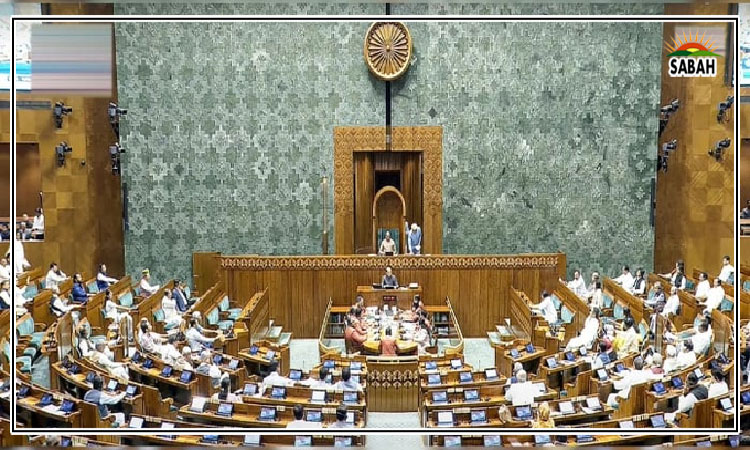The net metering dead end …. Khurram Husain
LET’S start with putting a couple of undue misapprehensions to rest. I have had the opportunity of interacting with key decision-makers in the power bureaucracy and they assure me of two things. First, solar panels installed in people’s homes are not going to be taxed. Second, the net metering rate at which power utilities buy electricity back from consumers is not going to be revised downward for those who already have their system up and running. They emphasise that changes are being considered in the net metering regulations of 2015, with a view to reducing the amount people receive for the power their systems pump into the grid, but that those with existing systems will not be impacted.
Let’s hope they will keep their word, because breaking covenants is becoming far too routine for the government of Pakistan. Assuming that they will keep their word with existing customers, there is another problem of a more general but critical nature. The government of Pakistan seems to no longer be able to afford the solar revolution sweeping across the world. This is somewhat striking, since the whole idea of the renewable revolution is to make electricity more affordable and cleaner and many countries have set targets for themselves on how much of their power should come from renewable sources like solar.
For example, in 2010, the world’s total installed solar power generation capacity was less than 42GW, according to Our World in Data. By 2022, this had risen to 1,053GW. This is one of the fastest rates of growth for a new power source. What is even more striking than these two data points is the slope of the graph along the way, which shows continuous acceleration year after year.
Rooftop solar has dominated this growth, although some estimates are suggesting that utility-scale solar may start to overtake rooftop in a few years in some critical regions, like the European Union. But these trends apart, rooftop solar has dominated the rise, and for most countries, it has been the main driving force in their solar expansion and plans to meet net zero targets.
Power bureaucracies need to adapt to, facilitate and spur on the solar revolution.
Here in Pakistan, something has happened that others have experienced too, but they found innovative solutions rather than trying to suppress the growth of rooftop solar. Pakistan had targeted 1,920MW of rooftop solar capacity by the year 2026, according to its latest Indicative Generation Capacity Expansion Plan. In reality, we crossed that threshold in 2023, if not sooner. Now they want to apply the brakes, because, according to the power bureaucracy, this rapid growth in rooftop solar is creating costs that have to be passed on to poorer segments of the population, who don’t have the luxury (yet) to go the rooftop solar route because they have single-phase meters and the technology does not yet work with that. Additionally, they have very limited rooftop space they can use for the purpose.
The big problem in Pakistan’s power bureaucracy now is that the state insists on setting the price of electricity manually, using outmoded formulae. In large-scale thermal power plants, for example, they still use what is called ‘cost plus’ pricing, where the regulator actually looks at each cost item in the prospective power plant and decides what their total costs are and how much margin they should be allowed. This is partly because nobody is willing to invest in Pakistan on a large scale if their returns are not guaranteed. And the big reason for that is the government of Pakistan has a lousy reputation when it comes to delivering on its commitments.
Meanwhile, the way in which electricity is produced has evolved and changed rapidly from the time this ‘cost plus’ pricing formula was developed. Back then, we had a few large-scale power plants supply electricity to a single buyer — the government — which transmitted this power to various distribution companies, all state owned, who then sold it on to a list of metered customers.
The solar revolution has changed all that. Now we have what is called ‘distributed generation’ or ‘point of sale consumption’, where electricity is produced in a large and growing number of locations, and often consumed then and there. Along with this shift has come a new category of consumers and producers of electricity, called ‘prosumers’ — people who produce and consume electricity themselves. The old pricing formulae are not going to work in a world of prosumers.
Here is what seems to be going wrong in the power bureaucracy with this move to bring down net metering rates, and perhaps switch to what they call ‘gross metering’ for all categories, although it seems the details are still being worked out. What’s wrong with all this is that it aims to protect the bureaucracy from the disruptive impact of a new technology that is spreading rapidly around the world, and changing how power sectors are organised.
Imagine, in the early 2000s, if the bureaucracy had moved to protect the Pakistan Telecommunication Corporation from the disruptive impact of mobile phones. Imagine if they made the argument that this new technology was being used by elites, who were opting out of the PTC system, leaving the rest to carry the costs of the state-owned telecom infrastructure. Imagine if the state gave in to their arguments, and moved to heavily tax handsets and talk time and priced the new technology out of the market. Where would we be today?
Something similar, perhaps not identical, is happening today with solar and other renewable power generation technology. Power bureaucracies need to adapt to, facilitate and spur on this revolution and increase the speed of its adoption. The key change begins with pricing and then the ‘single buyer model’, allowing power generators to sell to their customers directly instead of through the state. Instead, they seem more concerned with protecting the financial health of their bureaucracy in the face of this revolution.
The writer is a business and economy journalist.
khurram.husain@gmail.com
X: @khurramhusain
Courtesy Dawn, May 9th, 2024












